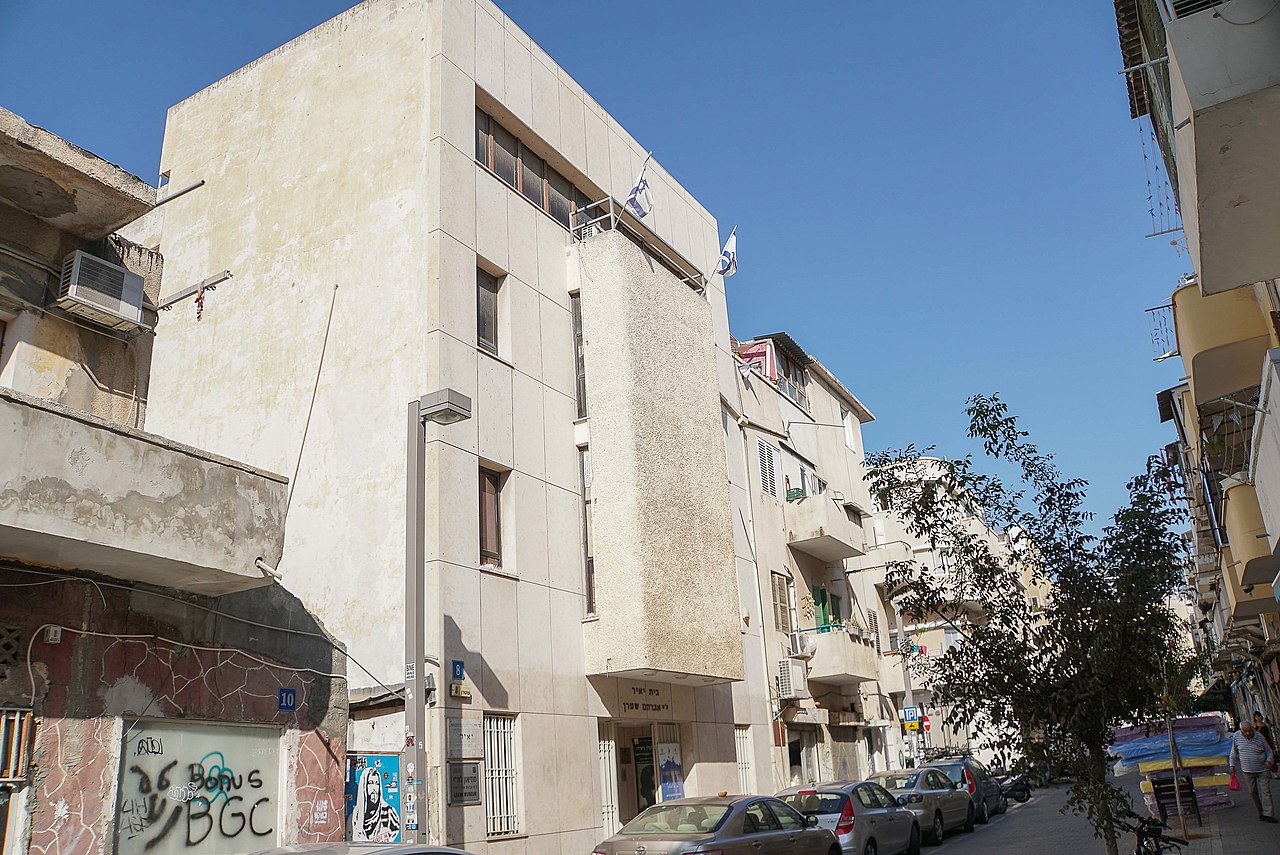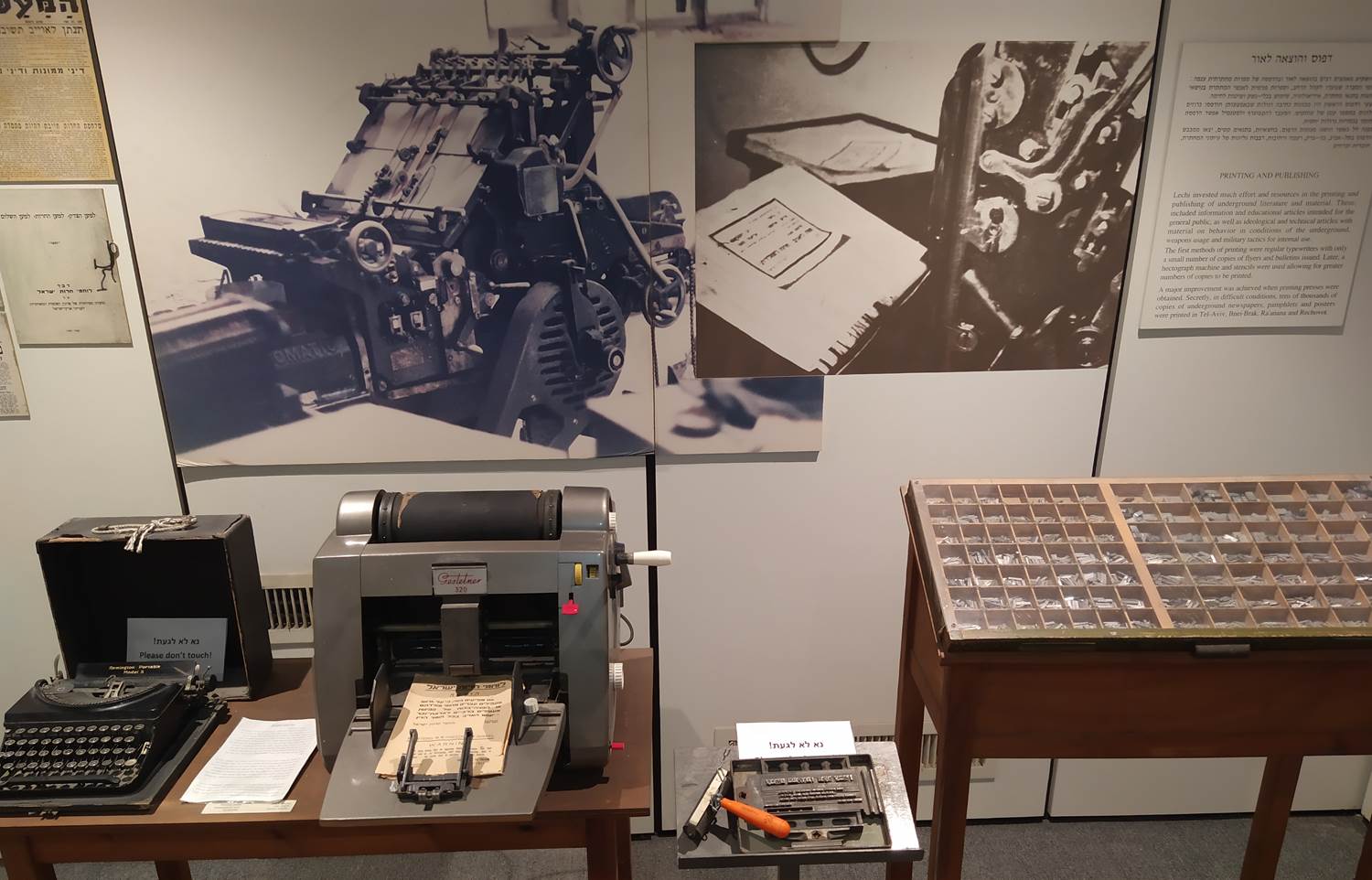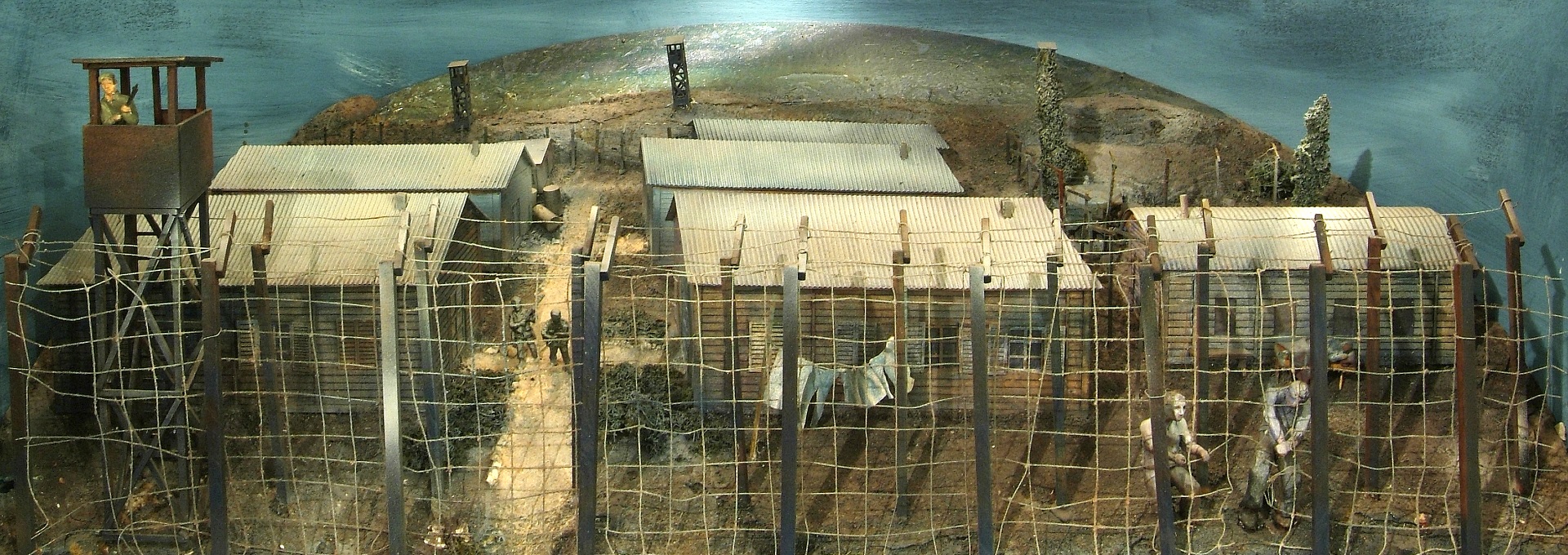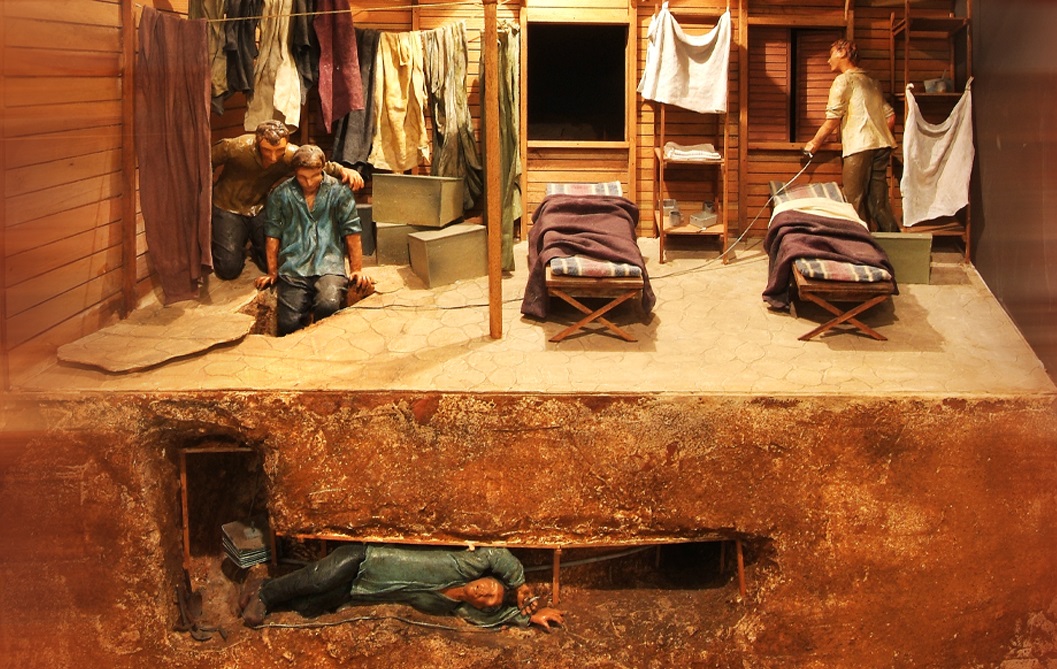Lehi Museum
Plan Your Visit
- Location: 8 Avraham Stern Street, Florentin, Tel Aviv.
- Open Times: Sunday to Thursday 08:00-16:00, Fridays by prior arrangement, Saturdays closed.
- Prices: Adults 20 ILS, children, students, seniors 15 ILS
- Average Visit Duration: 1 hour.
- Special Events: Entrance is free on Israeli Independence Day, usually in May or April.
- Relevant Tours: Tours can be prearranged on request, just ask your guide upon taking private Tel Aviv tours.
Unless you know a bit about Israel’s history, the name of this museum might seem strange! Lehi is actually an acronym of the Hebrew “Lohamei Herut Yisrael” or in English “Fighters for the Freedom of Israel”. Lehi was an underground Jewish paramilitary organization that fought for an independent Jewish state during the period of British rule of Palestine.
 The Lehi Museum house in Florentin (Image source: Nadav Barkai CC BY 2.5)
The Lehi Museum house in Florentin (Image source: Nadav Barkai CC BY 2.5)
The museum was created in honor of the Lehi resistance fighters who lost their lives in the struggle to create a home for the Jewish People. The museum is located in the heart of Tel Aviv’s trendy Florentin neighborhood, in the house where Lehi founder and commander Avraham (Yair) Stern was murdered by the British secret police. The building is also known as Beit Yair (Yair House) in Stern’s honor.
What is the History of Lehi?
The Jewish underground movement Lehi, also known as the Stern Gang, emerged during the tumultuous period of British Mandatory Palestine in the 1940s. Founded by Avraham Stern, Lehi aimed to resist British rule and fight for the establishment of a Jewish state in Palestine.
The group vehemently opposed what they perceived as the British betrayal of Jewish aspirations, particularly in restricting Jewish immigration to Palestine during World War II. Lehi engaged in guerrilla warfare against both British authorities and Arab forces, carrying out attacks on military and civilian targets.
 Equipment used by Lehi operatives (Image source: The official Lehi Museum website)
Equipment used by Lehi operatives (Image source: The official Lehi Museum website)
In 1944, they assassinated Lord Moyne, the British Minister of State in the Middle East. The group's tactics and extremist ideology, including collaboration with Nazi Germany against the common enemy of the British, generated controversy within the Jewish community.
From 1944 to 1948, Lehi members were held by the British without trial at a detention camp near Jerusalem and were deported to internment camps in Africa. The British thought this would weaken the underground forces and encourage political submission. The fighters were released and returned to Israel a few months after the State of Israel was established.
Despite their relatively small size compared to other Jewish paramilitary organizations, Lehi played a significant role in shaping the dynamics of pre-state Israel, eventually disbanding in 1948 when the state of Israel was established.
Pro Tip: Several Jewish underground movements were instrumental in fighting for Israel’s independence. If you’re interested in this period of history you could visit the Etzel Museum or the Palmach Museum.
What is there at the Lehi Museum?
The museum is spread over two floors devoted to Lehi and its endeavors. On the top floor, you can see the original apartment where Yair Stern was shot. It has been recreated with original furnishings to look as it did in 1942. The rest of this floor of the museum tells the story of Avraham “Yair” Stern. The displays take visitors through the exciting life of this heroic underground fighter.
 A model of an internment camp used by the Mandate (Image source: The official Lehi Museum website)
A model of an internment camp used by the Mandate (Image source: The official Lehi Museum website)
The apartment on the top floor of the building was rented by Tova and Moshe Savorai, and Stern lived there for the last few weeks of his life. In this one-room apartment, "Yair" hid from the British detectives who offered a monetary reward of one thousand Israeli pounds on his head.
On February 12, 1942, British policemen arrived at the apartment and after a short search found "Yair" hiding in a closet and called the chief of the Bureau, Geoffrey Morton, who shot him to death while his hands were tied. For the best understanding of the exhibits, start on the top floor and work your way down.
 The daring escape performed by Lehi operatives is displayed in the Museum (Image source: The official Lehi Museum website)
The daring escape performed by Lehi operatives is displayed in the Museum (Image source: The official Lehi Museum website)
On the other floor of the museum, there is an exhibit of Lehi’s history in chronological order. On display are records with descriptions of battles and operations. There are excellent models for each of the operations.
Learn about the trials of Lehi fighters by the British, and the detention camps in Israel and Africa, where Lehi fighters were held. There is a display of weapons, printed propaganda material, and artifacts used in their intelligence operations.
Pro Tip: Did you know that future Israeli Prime Minister Yitzhak Shamir was one of Lehi’s three key members?
The museum also hosts changing exhibitions and special events are held here with regular lectures by former Lehi fighters. This floor is home to a library and archives. There is also a commemorative hall honoring the fallen fighters of Lehi and information on other Jewish underground movements at the time.
 Login / Register
Login / Register
 Contact Us
Contact Us
 Certificate of Excellence
Certificate of Excellence Guaranteed Departure
Guaranteed Departure Low Prices Guaranteed
Low Prices Guaranteed 24/7 Support
24/7 Support




